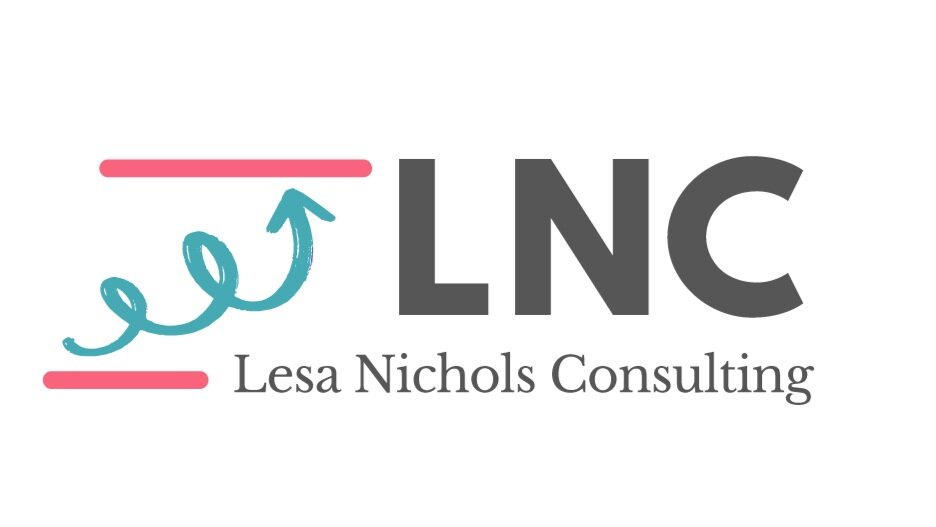How many people do you need to provide your product or service?
/Close your eyes and get an image of a time when you have been really mad about inefficiencies with public money.
Mine is during highway construction when I see people just "standing around" while a smaller group does the actual work. Every now and then, I get to the point of thinking "those are my tax dollars, they are wasting my money". Actually though, I don't know who is doing what and how many people they really need to get the job done.
It's the same everywhere. Usually direct and indirect labor is the biggest cost an organization has but when I ask the question - "How many people do you need?" - to the people running things, I get a blank stare. I am not blaming them, it is a tough question which I have yet to receive an answer.
Part of the struggle is the nature of customer demand for goods and services-it fluctuates so much that your operations have to fluctuate as well. How can anyone figure labor needs with all those ups-and-downs of customer demand, plus unpredictable suppliers, employees who may or may not show up to work....the list of variables goes on and on. You could even say IT'S CHAOS!!
If we use the concept of staffing up for maximum customer orders, this vicious cycle begins: Hire, Train, Work and Lay Off. Before you know it, the very frustrating, costly cycle cranks up again and again. Do you have any ideas for a more accurate, humane way to handle the situation? Well, as you may have guessed, I have an idea.
And here it is: Run the business to produce products and services at the same pace that the customer wants them. This pace is called takt time--a number calculated using the equation below. It is also a critical number in knowing how many people we really need to do the work:
You can see from this equation that the number of people required can change based on a couple variables. Let me know what you come up with. You may have more questions than answers but that is very normal. This is a very dynamic concept that is a lot easier communicated on a white board.
- Lesa



